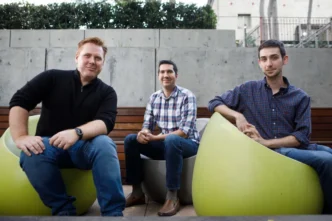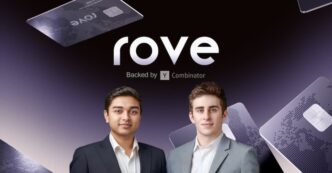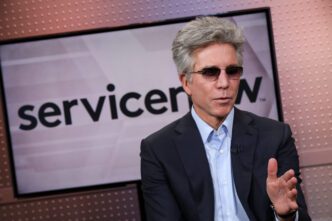Levan Kvirkvelia and Daniel Dhawan weren’t just struggling—they were on the verge of calling it quits. Their startup savings were gone, both were $15,000 in credit card debt, and Dhawan was sleeping on a friend’s floor in San Francisco. But everything changed on February 24, with one unexpected twist: a viral tweet that rocketed their AI-powered mobile app builder, Rork, into the spotlight—and straight into a $2.8 million seed round led by Andreessen Horowitz.
Rork isn’t just another no-code tool. It’s a vibe coding app that helps users build native mobile apps using simple text prompts—no coding required. Their idea? Let creators, dreamers, and entrepreneurs build on mobile as easily as they would on the web. But before the tweet that changed everything, their journey was filled with pivots, setbacks, and a near brush with startup death.
Struggling to Survive
Before going viral, Rork’s founders had already launched and buried multiple products. By early 2024, they were laser-focused on building a no-code platform that made app development feel more like describing a vibe than writing logic. Their prototype was nearly ready, but then came the competition: a startup called Lovable launched and immediately gained traction with a similar web-focused AI product. Rork wasn’t ready. Not yet.
Instead of giving up, Kvirkvelia convinced Dhawan to pivot again—this time, to the world of mobile. The two had built popular mobile apps as teenagers, so they returned to familiar ground. Their idea? A Lovable for mobile, but powered by frameworks like React Native and Expo.
That pivot led them to launch Rork in stealth on February 12 with a tweet. It got some buzz, but no breakthrough. Behind the scenes, the team was burning money just to keep Rork’s AI features running, paying infrastructure costs out of their own pockets. They hadn’t raised much—just a small angel check from Matt Shumer, CEO of OthersideAI. Then came the moment that changed everything.
The Tweet That Changed Everything
On February 24, while Twitter buzzed about a competing product called Bolt, Shumer tweeted a bold take. He said Rork blew Bolt out of the water—and backed it up with a demo video. His post exploded, racking up over a million views and unlocking a chain reaction.
Within 15 minutes, startup heavyweight Austen Allred jumped in with a $100,000 investment. By the end of the day, $350,000 had landed from names like Founders Inc., Hustle Fund’s Elizabeth Yin, and ChapterOne. Investors who had ignored their emails weeks earlier were now lining up with checks.
The flood of attention didn’t just bring money. It brought users. Lots of them. And soon, revenue.
Rescue or Breakout?
From the outside, it might look like an overnight success. But Dhawan and Kvirkvelia see it as survival—barely. It was their third startup, and they had already poured the profits from their previous apps into failed attempts before Rork finally clicked.
Their timing was crucial. When another competitor, Bolt, launched its mobile vibe coding tool, the Rork team decided to go live on the same day. The gamble worked, and with Shumer’s tweet gaining momentum, it gave them the edge they needed to stand out.
Soon after the buzz, one of their new angels introduced them to Andreessen Horowitz general partner Andrew Chen. Chen, who leads the Speedrun program—a 12-week accelerator for early-stage startups—immediately saw Rork’s potential. But Dhawan didn’t accept right away. He already had a term sheet from another investor.
Chen moved fast. In true “speed run” fashion, he rallied internal support and got a competing offer approved. Rork accepted. The Speedrun program includes perks like access to $5 million in partner credits from AWS, OpenAI, Google Cloud, and more, along with up to $1 million in capital.
“Daniel and Levan are highly technical polymaths who deeply understand mobile development and distribution,” Chen said. “They’re exactly the type of founders we’re excited to back.”
What’s Next for Rork?
Now, just two months after the viral tweet, Rork is doing more than just building hype. It’s generating real revenue. The team has crossed $550,000 in annual recurring revenue (ARR) with paying users piling in—and they’re only just getting started.
Dhawan, no longer on a floor mattress, now has his own apartment. Rork’s AI-powered no-code mobile app builder has carved out a space in a crowded market by going deeper into mobile, a space that remains far trickier than web-based development.
Their story isn’t just about tech. It’s a reminder that with the right pivot, a bit of grit, and a tweet that lands at just the right moment, even broke founders can turn things around overnight.













